- We've now driven our 2026 Model Y for more than 4,000 miles.
- It came equipped with Tesla's Full Self-Driving (Supervised) feature.
- We like FSD, but is it worth paying $8,000?
Is Our Tesla Model Y's Full Self-Driving Tech Really Worth $8,000?
After 4,000 miles of testing, Full Self-Driving (Supervised) gets a mixed reception
After more than 4,000 miles in our One-Year Road Test fleet, our team has commented favorably about our 2026 Tesla Model Y's range (327 miles on a full charge in the Edmunds EV Range Test), expansive cargo space, comfortable ride quality, and quick and smooth acceleration. But there's one thing that's received a mixed reception: Tesla's Full Self-Driving (Supervised) feature.
Full Self-Driving (Supervised), henceforth abbreviated as FSD, is a special drive mode that, put simply, allows the car to (mostly) drive itself. Our Model Y, being a loaded-up Launch Series, came with it as standard. Otherwise, FSD is an $8,000 option for the current Model Y lineup. I recently took a 500-mile road trip and thought it would be interesting to drive half of it with FSD activated and half without to better learn its advantages and disadvantages.
It's a lot like driving a car from the future
All Model Ys come with regular Autopilot, which includes adaptive cruise control, lane keeping and lane centering. When these are activated, a Tesla can automatically accelerate and brake to maintain a set speed on the highway, maintain set distance from a vehicle that's ahead of it, and make steering inputs to stay in its lane, even around gentle curves. The FSD option adds additional capabilities.
To activate it, you must first select FSD through the touchscreen and agree to the terms. It works best with a destination set in the navigation system. Once you've got a destination set, you click on the right-side button on the steering wheel to engage the system. FSD can automatically activate the turn signal, change lanes when you're stuck behind a slow-moving vehicle, operate on city streets, go around turns, obey traffic signs and stoplights, and even navigate into shopping area parking lots.
This is pretty amazing tech, even for a jaded automotive journalist like myself. FSD also works pretty well, most of the time. I feel confident saying it's better at driving than your typical 16-year-old new driver for sure, and probably better than a lot of other motorists who suffer from an acute lack of driving skill.
Here comes the qualifiers
Ah, yes, you knew I'd have these. The main drawback to FSD is the part that Tesla puts in parentheses, the "Supervised." This is the devil in the details. FSD is not a fully automated driving system. Therefore, as the car tells you before you activate FSD, it's your responsibility as the driver to be ready to take over.
Here's a quote from the Model Y's online owner's manual:
"Full Self-Driving (Supervised) is a hands-on feature that requires you to pay attention to the road at all times. Keep your hands on the steering wheel at all times, be mindful of road conditions and surrounding traffic, pay attention to pedestrians and cyclists, and always be prepared to take immediate action (especially around blind corners, crossing intersections, and in narrow driving situations). Failure to follow these instructions could cause damage, serious injury or death. It is your responsibility to familiarize yourself with the limitations of Full Self-Driving (Supervised) and the situations in which it may not work as expected."
Along with many of my co-workers, I find the need to constantly monitor FSD's actions — and be ready at a moment's notice to take control should it deactivate or do something potentially accident-causing — to be just as concentration-intensive as regular driving on my own.
Our Model Y's FSD can also do odd things to make it hard to trust. On my drive, for example, there was a stretch of highway that had intersections for intersecting roads. There weren't stoplights or stop signs at the intersections on my highway. I didn't have FSD engaged, only Autopilot at the time, but at every one of these intersections, the Model Y suddenly braked, slowed down 20 mph or so, and gave an on-screen notification that it detected curves in the road. Well, the road was completely straight. It was completely unnecessary, and even potentially dangerous, because motorists behind me certainly weren't expecting me to suddenly brake for something that one wouldn't normally brake for.
There are also situations where FSD, though perhaps understandably, is kind of annoying. For example, it won't make slight adjustments within the lane to avoid objects in the road, such as roadkill, blown-out tire debris or potholes. That is not great, but it's made worse because FSD doesn't like you taking control to make those corrections either. Turn the steering wheel just a bit too much to avoid an object in the road and the entire system abruptly turns off.
Would I buy FSD?
There is no doubt that FSD has value. In situations when little brain power is required, then FSD is pretty cool. This is usually on an open freeway with little traffic or a jammed-up highway with traffic crawling along at 5 mph. In both cases, I can rely on FSD to handle the driving while I stretch, grab a stack from the center console, or just relax a little.
Is that worth $8,000, though? As it is now, no. I'm cool with Autopilot. But I could change my mind in the future if Full Self-Driving becomes Unsupervised, meaning Tesla no longer requires the driver to be paying attention. That would be good, but I also would want to be confident that I could trust the car to drive correctly 100% of the time.
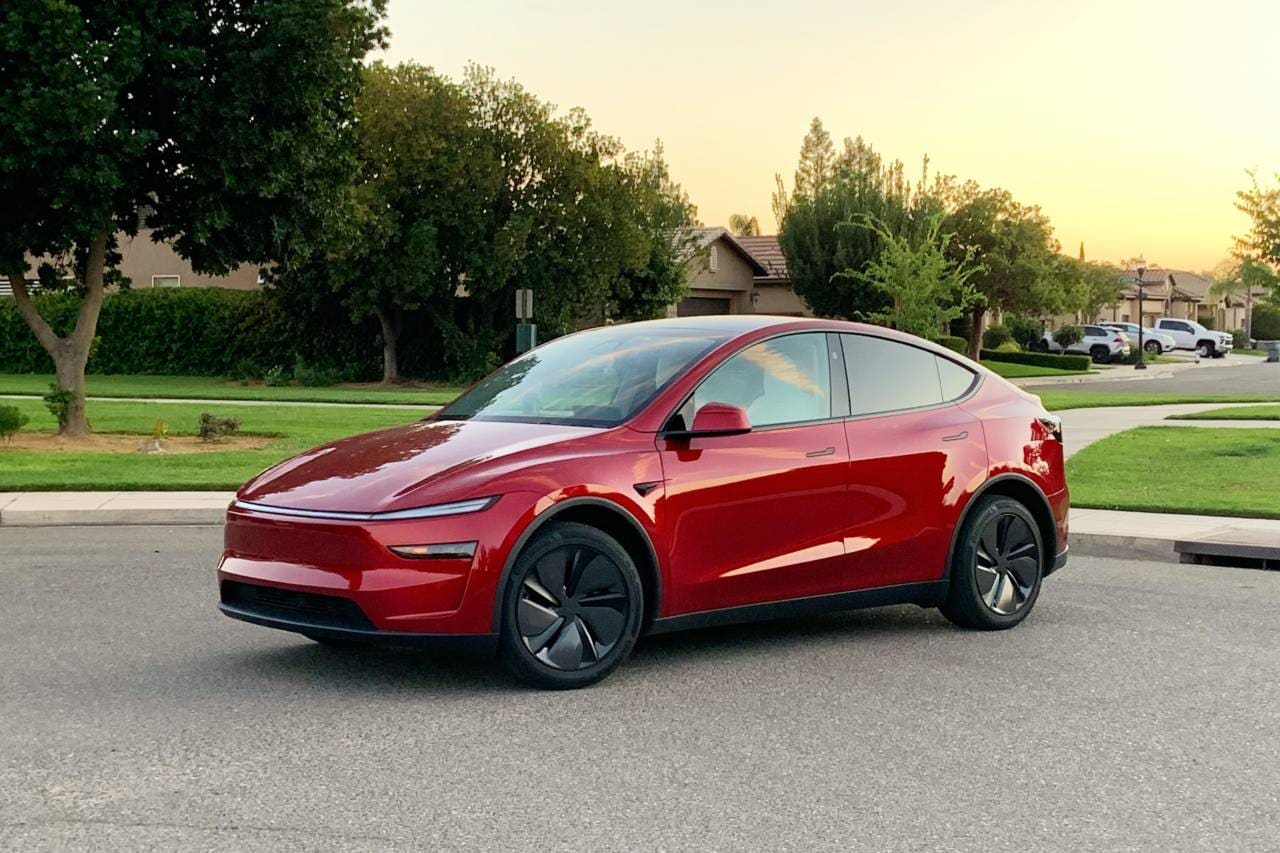
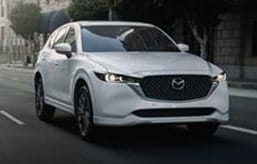
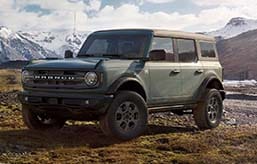
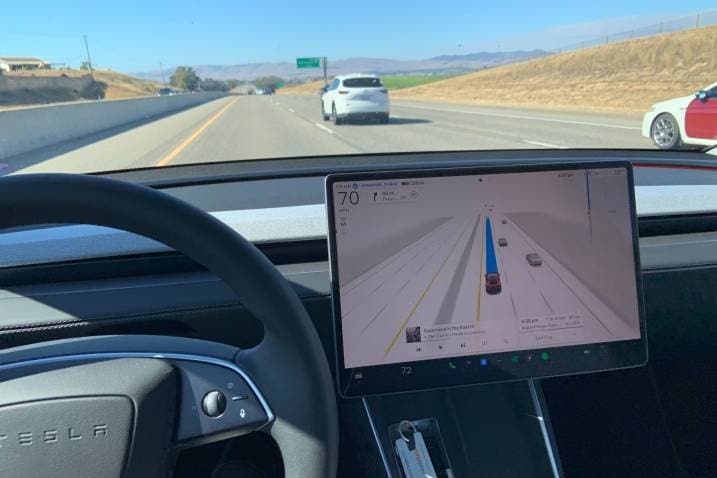
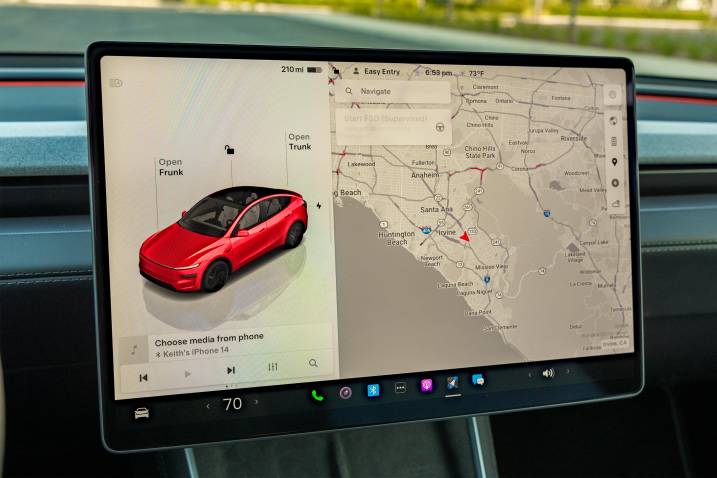
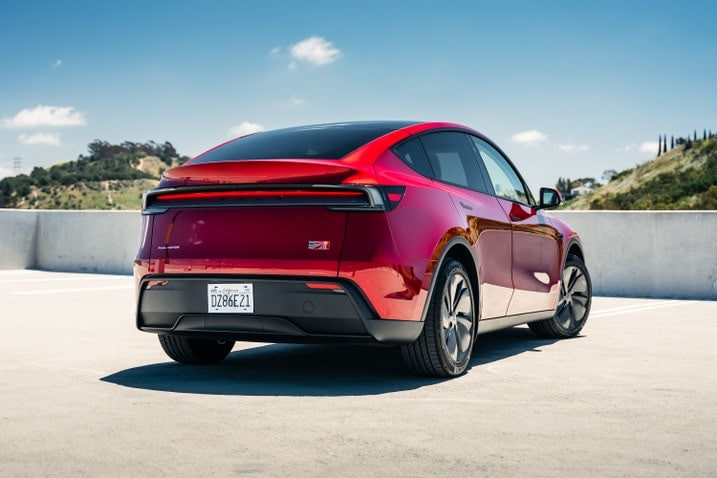
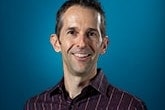 by
by  edited by
edited by